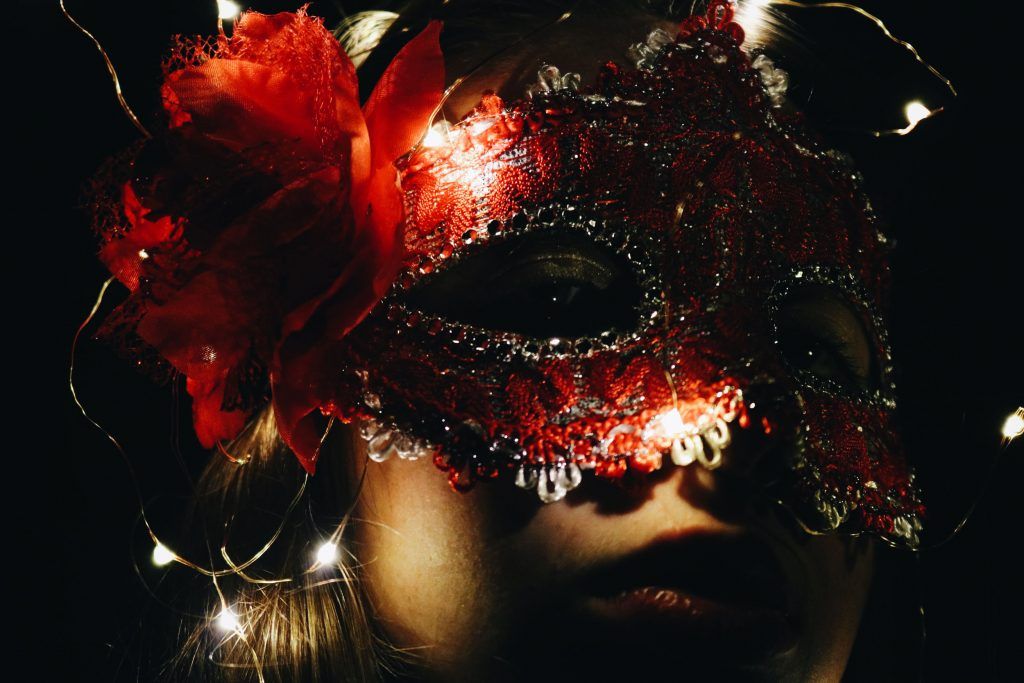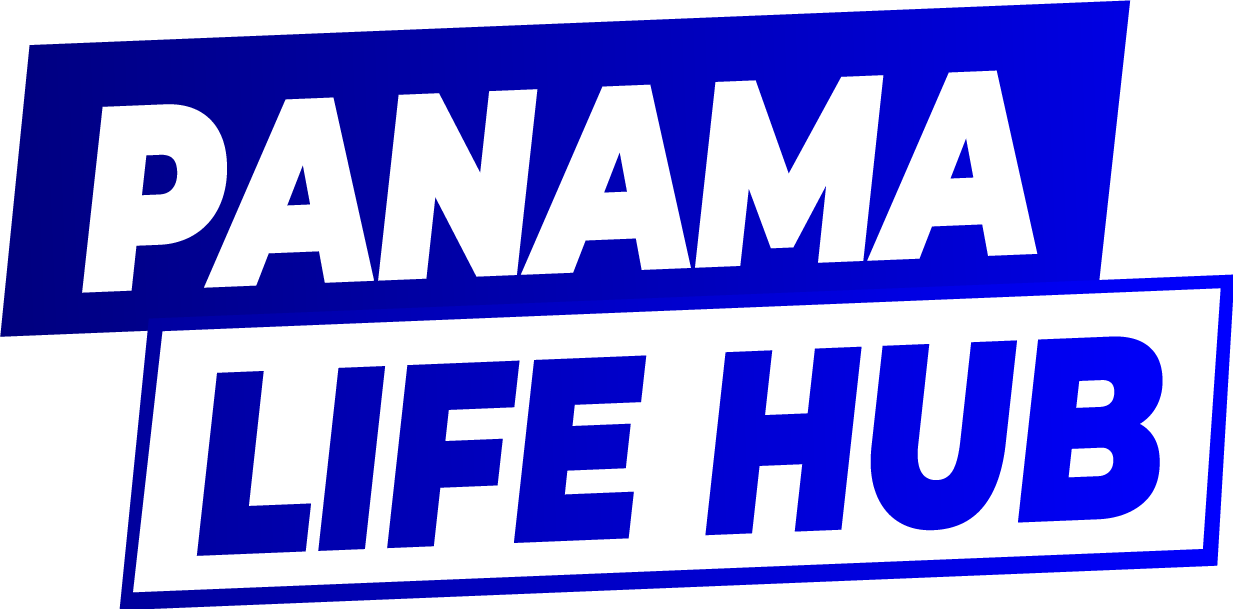
Panama’s Carnival is a big party with music, dance, and fun. While the carnival dates in Panama vary, between February and March, the vibrant spirit explodes across the country. Forget about one location, each region throws its unique celebration – with the Azuero Peninsula reigning supreme. Prepare to be dazzled by lavishly decorated floats that have wowed countless visitors worldwide.
For pure revelry, head to Las Tablas and Chitré. These cities come alive with «culecos» (refreshing water trucks!), the infectious energy of the «Tunas de Calle Abajo» and «Tunas de Calle Arriba» street bands, and of course, the dazzling queens and princesses. Imagine the nights shimmering under camera flashes as tourists capture the essence of Panamanian carnival royalty.
Video summary of the 2019 carnival in Las Tablas
But wait, there’s more! Dive deeper into the regional flavors:
- Dolega in Chiriquí: Get swept away by the growing popularity of this vibrant celebration.
- Penonomé and Capira: Immerse yourself in their unique traditions and infectious energy.
Even the capital city joins the party! The Panama’s Carnival on the Cinta Costera boasts renowned artists and singers, keeping the party going all day long.
Carnival 2019 in Panama City
Brief History of Carnival
Carnival’s roots stretch back to ancient Rome, where citizens celebrated «Lupercalia» in February – a pagan festival surprisingly similar to our modern carnivals. When Christianity rose, instead of erasing these pre-existing customs, early Church authorities cleverly incorporated some elements into their doctrine. This paved the way for the carnival tradition, including Panama’s vibrant celebration.
Carnival’s Panamanian Journey:
Debates exist on the exact start of Panamanian carnivals. Some historians, citing «La Estrella de Panamá» records, point to the 1850s. Others argue for colonial-era roots, referencing groups donning costumes of Spanish royalty, slaves, and conquerors, reenacting battles near present-day Santa Ana.
However, the official recognition came in 1910. Panama City’s then-mayor, José Agustín Arango, decreed carnival festivities official. The first crowned queen, Manuelita Vallarino, mesmerized everyone with her beauty, setting the stage for a yearly tradition of choosing new carnival royalty.
Carnival’s Evolution:
From its earliest forms, the Panamanian carnival has grown and adapted. While retaining its pre-Lenten celebratory spirit, it now seamlessly blends tradition with modern elements, offering a unique cultural experience for all.
Parades, «Culecos», and Dances
Imagine this: tropical sunshine, refreshing water showers from «culecos» (water trucks), and the infectious energy of a crowd ready to party. Panama’s carnival isn’t just a celebration; it’s a sensory experience!
Daytime:
- Drench yourself in the joy of the «culecos,» a welcome respite from the tropical heat. Laughter and cheers fill the air as everyone joins in the playful water battle.
- Feast your eyes on the dazzling parades. Opulent floats roll by, adorned with vibrant colors and intricate designs. Queens in stunning gowns wave to the crowd, accompanied by energetic «tunas» (street bands) and «comparsas» (dance groups). Witness the contagious energy that electrifies both children and adults.
Nighttime:
- The party doesn’t stop! Popular dances erupt across the country, transforming public spaces into vibrant dance floors. Sway to the rhythm of local music, feeling the joy and togetherness that define this unique celebration.
The best part? When the sun rises, the party simply restarts! Get ready for another day of parades, «culecos,» and unforgettable experiences.
But wait, there’s more! The Panamanian spirit doesn’t rest. As the first rays of dawn paint the sky, the energy reawakens, ready to embrace another day of carnival joy.
Additional details:
- The word «culeco» comes from the Spanish word «culebra,» which means «snake.» This is because the water from the water trucks is sprayed in a long, snake-like stream.
- The «tunas» are traditional Panamanian street bands that play music and dance during the carnival.
- The «comparsas» are groups of people who dress up in costumes and dance together during the carnival.
